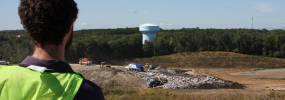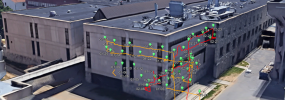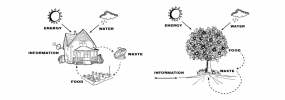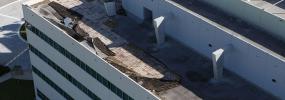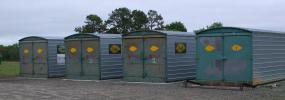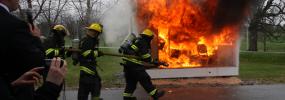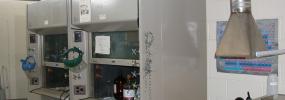Assessment of Thermal Bridges due to Roof Fasteners
The RCI Foundation has approved funding for a study, titled “Laboratory Testing of Roof Assemblies for Comparison with Simulated Models: Thermal Performance Assessment of Thermal Bridges due to Roof Fasteners”. The overall goal of the project is to provide a better understanding to the industry of simulated versus tested thermal conductance in 3-D configurations, in support of relative comparison of quantitative thermal effects of fasteners in different roof assemblies.



